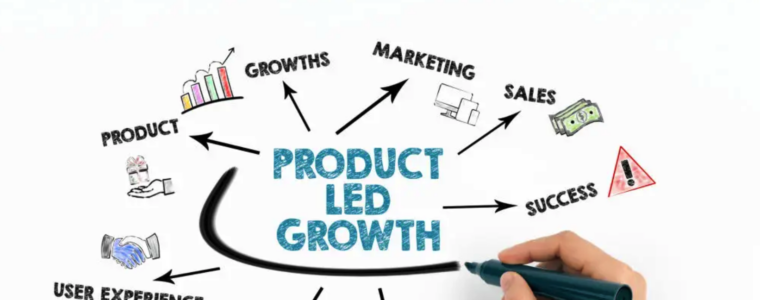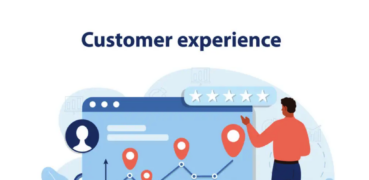Overcoming the Individual-Centric Trap in Product-Led Growth for B2B Success

Introduction: The Pitfalls of Individual-Focused PLG in B2B
In the B2B landscape, Product-Led Growth (PLG) is often mistakenly centered around individual users. While this approach can drive initial adoption, it limits the potential for broader, scalable growth that comes from team-based engagement. Transitioning to a team-centered strategy is essential for lasting B2B success.
Key Strategies to Transition from Individual-Centric to Team-Centric PLG
1. Create a Team-Focused Onboarding Journey
Encourage users to invite team members early in the onboarding process. Design workflows that support team engagement by prompting individuals to collaborate and share resources within the product. For instance, Slack and project management tools like Asana use built-in invitations to expand usage across entire teams, driving greater adoption and stickiness.
Practical Tip: Introduce prompts for inviting colleagues immediately after users experience their first successful action within the platform. Track conversion rates on these invitations to see which prompts work best.
2. Shift Metrics from Individual to Team-Centric KPIs
Relying on metrics like Daily Active Users (DAU) and Monthly Active Users (MAU) limits visibility into true B2B adoption. Instead, prioritize team-based metrics, such as Weekly Active Teams (WAT) and Team Activation Rates, to track success. By focusing on teams rather than individuals, you can gauge whether your product is supporting wider organizational adoption.
Practical Tip: Set up tracking for metrics like “Team Invitations Sent” and “Team Projects Created.” This shift can reveal areas where teams need better support and help you tailor your product development to encourage team adoption.
3. Design Features that Foster Network Effects within Teams
Leverage team-based network effects by designing features that naturally encourage collaboration. Tools like shared workspaces, role-based permissions, and team-specific dashboards not only support individual tasks but also make it easier for team members to work together. Social features, such as tagging colleagues or tracking team contributions, create a sense of shared accomplishment that boosts team participation.
Practical Tip: Introduce in-app badges or achievement notifications that celebrate collective progress. This recognition can reinforce the collaborative culture, motivating teams to stay active.
4. Balance Individual and Team Experiences
While it’s important to drive team engagement, don’t lose sight of individual user needs. Ensure that solo users can still find value but are subtly nudged toward team engagement. For example, use in-app notifications to suggest features or resources specifically designed for teams.
Practical Tip: Include tooltips that highlight team features for individual users. These can provide a natural gateway to team functionalities without overwhelming single users.
Conclusion: Embrace a Holistic Approach for Lasting B2B Growth
Product-Led Growth in B2B settings requires a careful balance of individual and team-focused strategies. By designing with teams in mind, adjusting metrics to capture team adoption, and fostering in-product collaboration, you can unlock greater potential for scaling your product across entire organizations.







